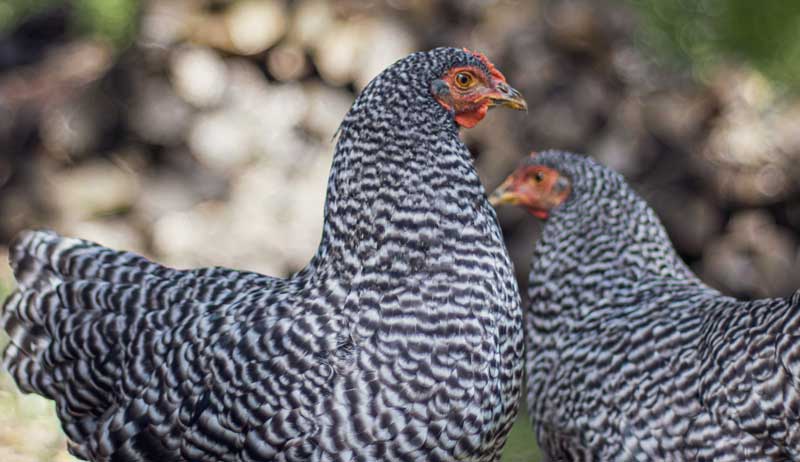Despite trends in poultry keeping—such as a few years back, when everyone had to have Columbian Wyandottes in their flock—occasionally a breed that appears popular is actually in decline. Finding their chicks at farm-supply stores or at online hatcheries becomes increasingly difficult, and locating a breeder who’s within your state or region seems more and more like a pipe dream. Even if not critically endangered, these breeds can be ones to watch.
When a specific chicken you’re looking for seems nowhere to be found, you’ll more than likely find it on the Livestock Conservancy’s Conservation Priority List.
While breeds in active decline may not have lessened to the point of Critical or Threatened classification, they may meet the parameters required for categorization as Watch. For poultry breeds to be considered Watch worthy, they must have fewer than 5,000 breeding birds and 10 or fewer main breeding flocks in the United States.
Five thousand birds may seem like a lot, but let’s put that into perspective. According to the National Chicken Council, the U.S. produced more than 9 billion broiler chickens in 2021. This 9 billion does not include heritage or hybrid chickens being farmed for eggs, nor does it include all the birds being kept in backyard flocks. Suddenly, 5,000 birds seems insignificant, especially since extinction is only 5,000 birds away.
The following breeds, all developed in North America, are currently categorized as Watch. Perhaps one or more may inspire you to start your own breeding flock.
Chantecler
Don’t let the name fool you. The Chantecler is not a Continental-class (Northern European) bird.
It is in fact the first chicken breed developed in Canada, developed by Brother Wilfred Chatelain of the Cistercian Abbey of Notre-Dame du Lac in Quebec. Brother Wilfred set out to create a bird that could withstand Canada’s harsh winter climate. Using Dark Cornish, White Leghorn, Rhode Island Red and White Wyandotte stock, he succeeded in developing the White Chantecler (chanter means to sing and clair means clear).
The breed which was recognized by the American Poultry Association (APA) in 1921.
Halfway across the country, in Alberta, Dr. J.E. Wilkinson decided to improve on Brother Wilfred’s bird. Believing a white chicken to be too easily targeted by predators, Dr. Wilkinson developed a partridge variety of the Chantecler using Dark Cornish, rose-comb Brown Leghorn, Partridge Cochin and Partridge Wyandotte stock. The Partridge Chantecler was admitted into the APA in 1935.
Both Chantecler varieties are exceptionally cold hardy, with minimal wattles and a tiny rose comb. The breed adapts well to both confinement and ranging and gets along with other varieties of chicken. Chantecler hens lay throughout winter, producing up to 220 beige-pink eggs per year. A calm, friendly bird, the Chantecler is the ideal chicken for those flock owners living in the northern U.S. and Canada.
Read more: These three chicken breeds are critically endangered.
Delaware
Sometimes mistakes…

